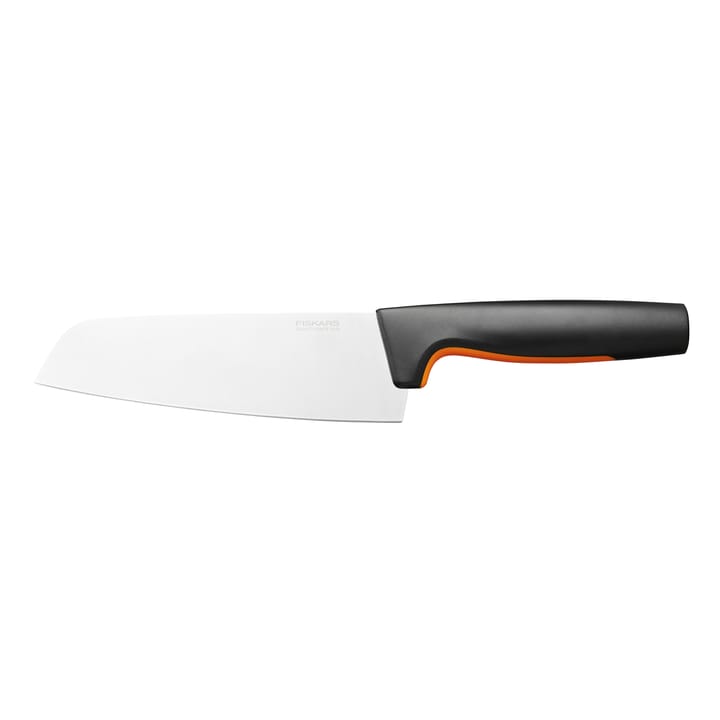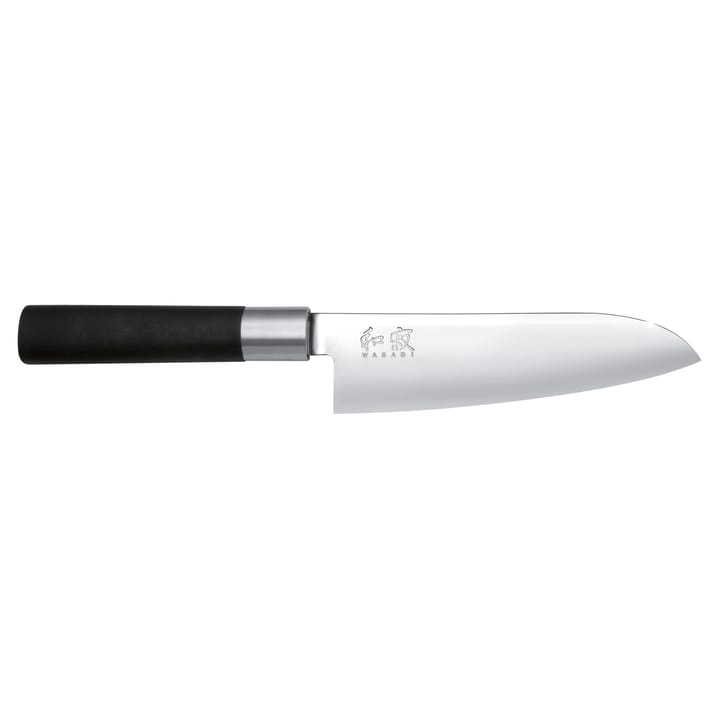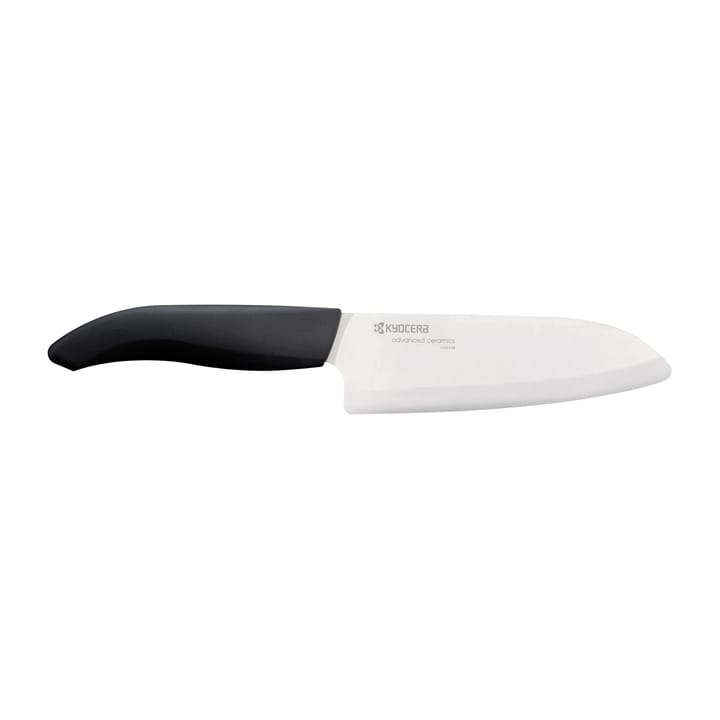FREE SHIPPING FOR ORDERS OVER $199
60 DAYS RETURN POLICY
5% OFF FOR NEWSLETTER-SIGN UP
Santoku knives
 Victorinox
VictorinoxWood santoku knife fluted blade 17 cm, Stainless steel-maple
$116.95$130In stockSPECIAL OFFER-10%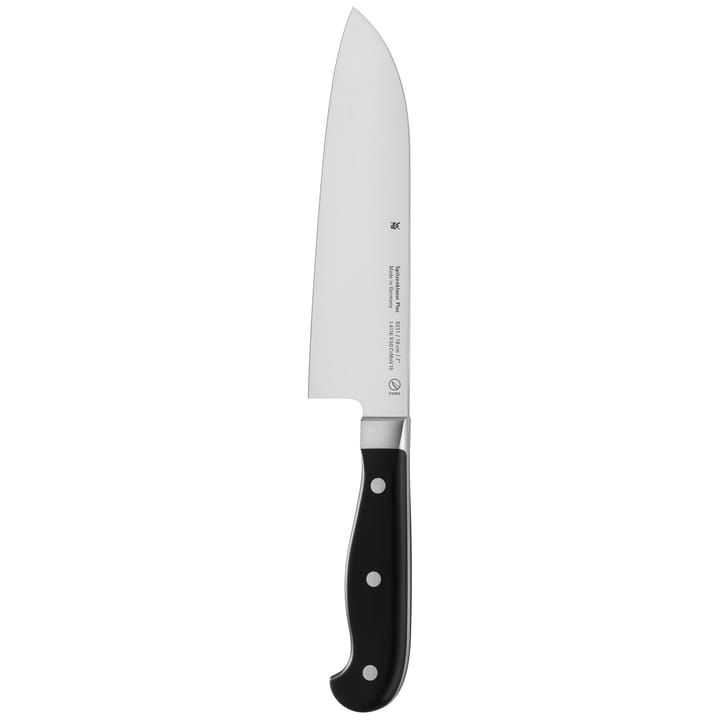 WMF
WMFSpitzenklasse Plus santoku knife 18 cm, Stainless steel
$97.99$141Stocked according to demandSPECIAL OFFER-31% KAI
KAIKai Shun Classic santoku knife fluted blade, 18 cm
$261.90$292Stocked according to demandSPECIAL OFFER-10% Le Creuset
Le CreusetLe Creuset santokuknife with olive wood handle, 18 cm
This product is not available in your chosen country of delivery. Le Creuset
Le CreusetLe Creuset santokuknife with olive wood handle, 13 cm
This product is not available in your chosen country of delivery.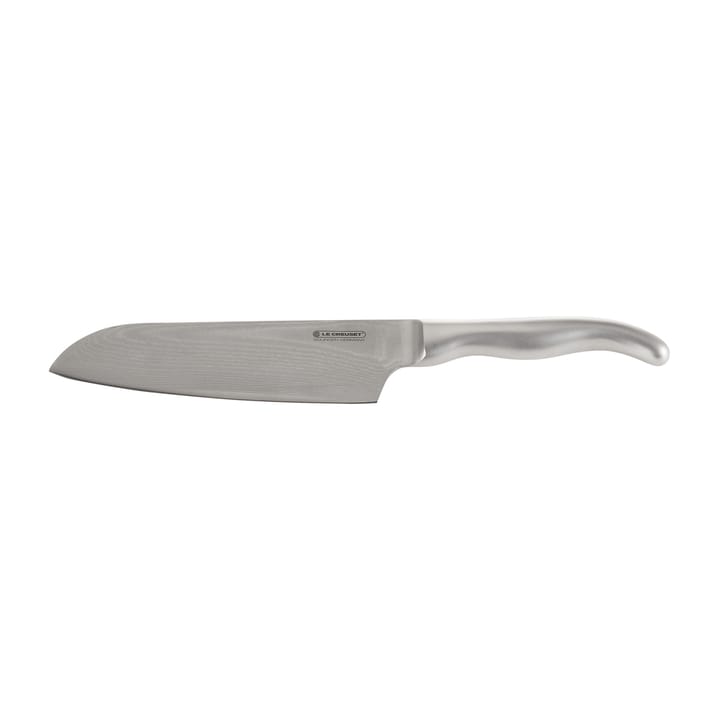 Le Creuset
Le CreusetLe Creuset santokuknife with steel handle, 18 cm
This product is not available in your chosen country of delivery.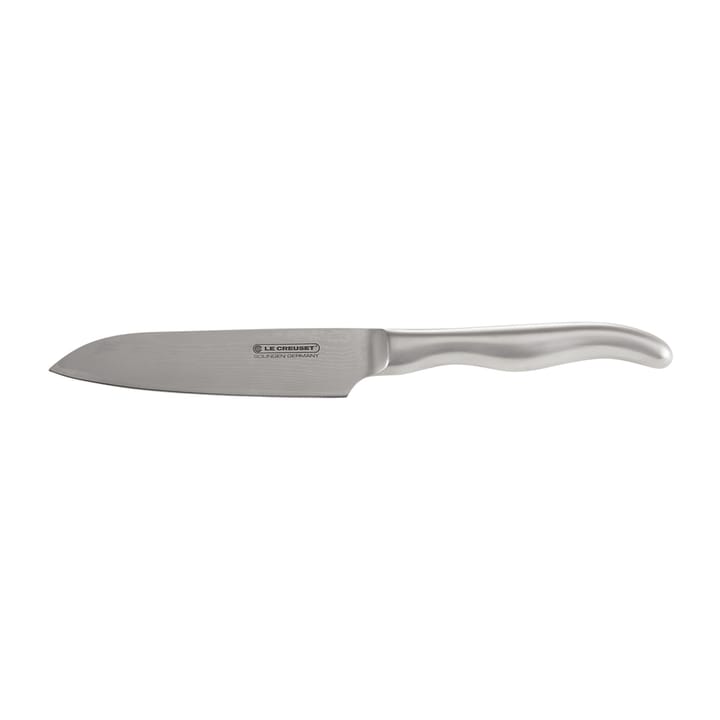 Le Creuset
Le CreusetLe Creuset santokuknife with steel handle, 13 cm
This product is not available in your chosen country of delivery. Victorinox
VictorinoxSwiss Modern Santoku knife 17 cm, Brown
$157.95$176Stocked according to demandSPECIAL OFFER-10% Robert Welch
Robert WelchRobert Welch professional santoku knife 12 cm, Stainless steel
$116.99$168.69Only a few leftSPECIAL OFFER-31% Robert Welch
Robert WelchRobert Welch Professional Santoku Knife 14 cm, Stainless steel
$139$189.89Only a few leftSPECIAL OFFER-27% Robert Welch
Robert WelchRobert Welch Professional Santoku Knife 17 cm, Stainless steel
$157$201.20Only a few leftSPECIAL OFFER-22% Zwilling
ZwillingZwilling Pro santoku knife 18 cm, Black-stainless steel
$118.99$156.20Stocked according to demandSPECIAL OFFER-24% Zwilling
ZwillingZwilling Four Star Santoku knife 18 cm, Black-stainless steel
$104.99$137.39Stocked according to demandSPECIAL OFFER-24% Zwilling
ZwillingZwilling Gourmet santoku knife 18 cm, Black-stainless steel
$77.99$102.40Stocked according to demandSPECIAL OFFER-24% Zwilling
ZwillingZwilling Tanrei santoku knife 18 cm, Damascus-black
$392$512.39Stocked according to demandSPECIAL OFFER-23%
Quality Santoku knives for your kitchen
Santoku knives are sharp multi-purpose kitchen knives that have a range of uses, from cutting meat and fish, to dicing and chopping vegetables, nuts and fruit. They have a hard thin blade which makes them ideal for precision tasks. With a Santoku knife in your knife collection, you get a versatile Japanese all-round knife for everyday use in the kitchen.
What is a Santoku knife?
Santoku knives are sharp Japanese kitchen knives with a straight edge that are great for cutting, slicing and chopping food. In Japan, Santoku knives are known as all-round knives and are characterised by their versatility and extremely sharp blade.
Which brands are most popular for Santoku knives?
In our assortment, you will be able to choose from a large range of the best Santoku knives from popular and highly established brands.
Top 3 brands for Santoku knives
What is the difference between a chef’s knife and a Santoku knife?
The biggest differences between a chef’s knife and a Santoku knife could be said to be the origin of the knives and the shapes of the blades.
Firstly, the Santoku knife originated in Japan. It has a wide and thin blade which allows for refined cutting. The blade turns down at the tip, which is known as a sheep’s foot tip and the edge is straighter than a chef’s knife. Many have a granton edge, which are small divots on the blade edge which stops food from sticking to it as easily. In general, Japanese Santoku knives are light in weight and the blades are normally made from a harder steel.
The chef’s knife originated in Germany and France. It has a broad blade which curves upward to form a tip. Generally, they are heavier to hold than the Santoku knife. The blade of the chef’s knife is also usually longer than the blade of the Santoku knife.
What is a Santoku knife used for?
Santoku knives can be used for a range of tasks in the kitchen. Some of the many uses include:
- Cutting or mincing meat
- Chopping and slicing vegetables
- Slicing cheese
- Chopping or dicing fruits, vegetables and nuts
- Creating fine slices for vegetables and seafood
What does the word ‘Santoku’ mean?
Santoku is a Japanese word which means ‘three virtues’. This can either be to describe the three main uses: chopping, slicing and dicing. Or it can refer to the three food groups that the knife can handle: meat, fish and vegetables.
The right care for your Santoku knife
It is always recommended to wash Santoku knives by hand to prevent any damage to the knife and to keep it in the best condition. In addition, sharpening your Santoku knife with a knife sharpener is essential for keeping it in good shape for longer.


